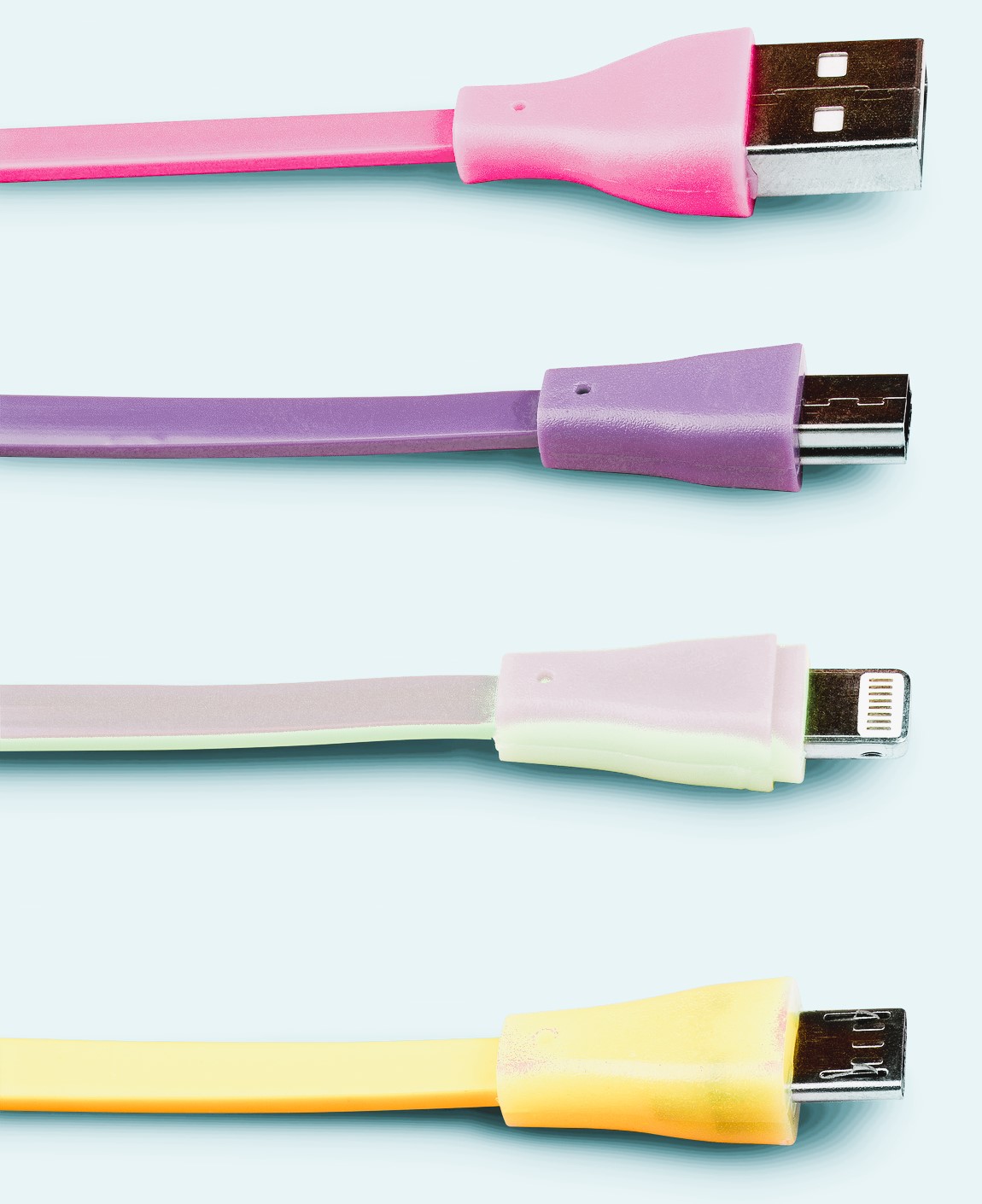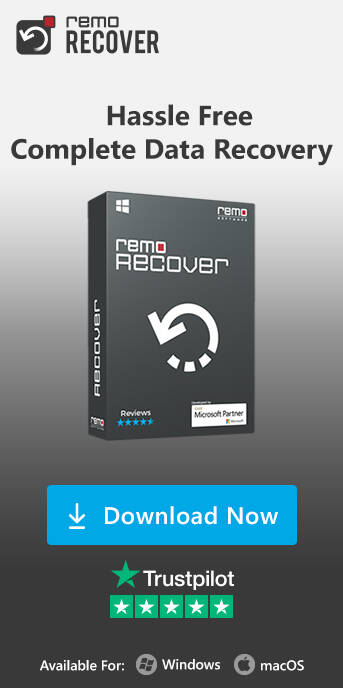Plug and Play (PnP)
Plug and play, also referred to as PnP, is a term used for devices that work or are recognized instantly whenever they are connected to the computer. The major advantage of a PnP device is that a user does not have to install the drivers manually, and the computer will automatically take care of the device without manual intervention.
When the device is connected, it is automatically detected or recognized by the computer, and new drivers will be loaded for the hardware instantly for the first-time use.

For example: When you connect a plug and play device to one of the USB ports of your computer, you may notice that as soon as you connect the device, it becomes available within a few seconds after plug-in. In contrast, a non-plug and play device may require a lengthy procedure to set up on your computer.
The term "plug and play" has been expanded to a wide variety of applications to which the same lack of user setup applies. These devices exchange data with the hosting device using I/O space port addresses, direct memory access channels, interrupt request lines, and other mechanisms.
Plug and Play Evolution
In the early systems for software configurations of devices, including MSX standard, Autoconfig, and IBM Microchannel, the expansion cards for IBM PCs required physical selection of I/O configuration on the board with DIP switches or jumper straps. Initially, ISA bus devices were configured for software settings.
In 1995, Microsoft Windows 95 attempted to automate device detection and configuration but did not completely succeed, often falling back to manual settings. If necessary during the installation process, it would attempt to automatically detect all devices installed in the system.
A tracking log file was constantly created during the auto-detection process, and in case of a system freeze, the user had to restart the computer. The installer would use the tracking log to skip past the point that caused the previous freeze.
Alternative Ways to Configure PnP Device
In some situations where the system cannot configure and load a PnP device, you can use device manager, DOS drivers loaded with CONFIG.SYS and AUTOEXEC.BAT configuration files, or both DOS and the operating system.
However, even after performing the above-mentioned configuration methods, the devices may not be configured due to the complex operating system environment or uncertainties with the computer.
Conclusion
At times, a plug-and-play device like a USB device may encounter software or hardware conflicts, causing it to fail. This failure can result in device corruption leading to data loss. In such scenarios, you can use Remo Recover (Windows / Mac) application to easily perform data recovery after a USB flash drive is not recognized by your Windows or Mac operating system.
